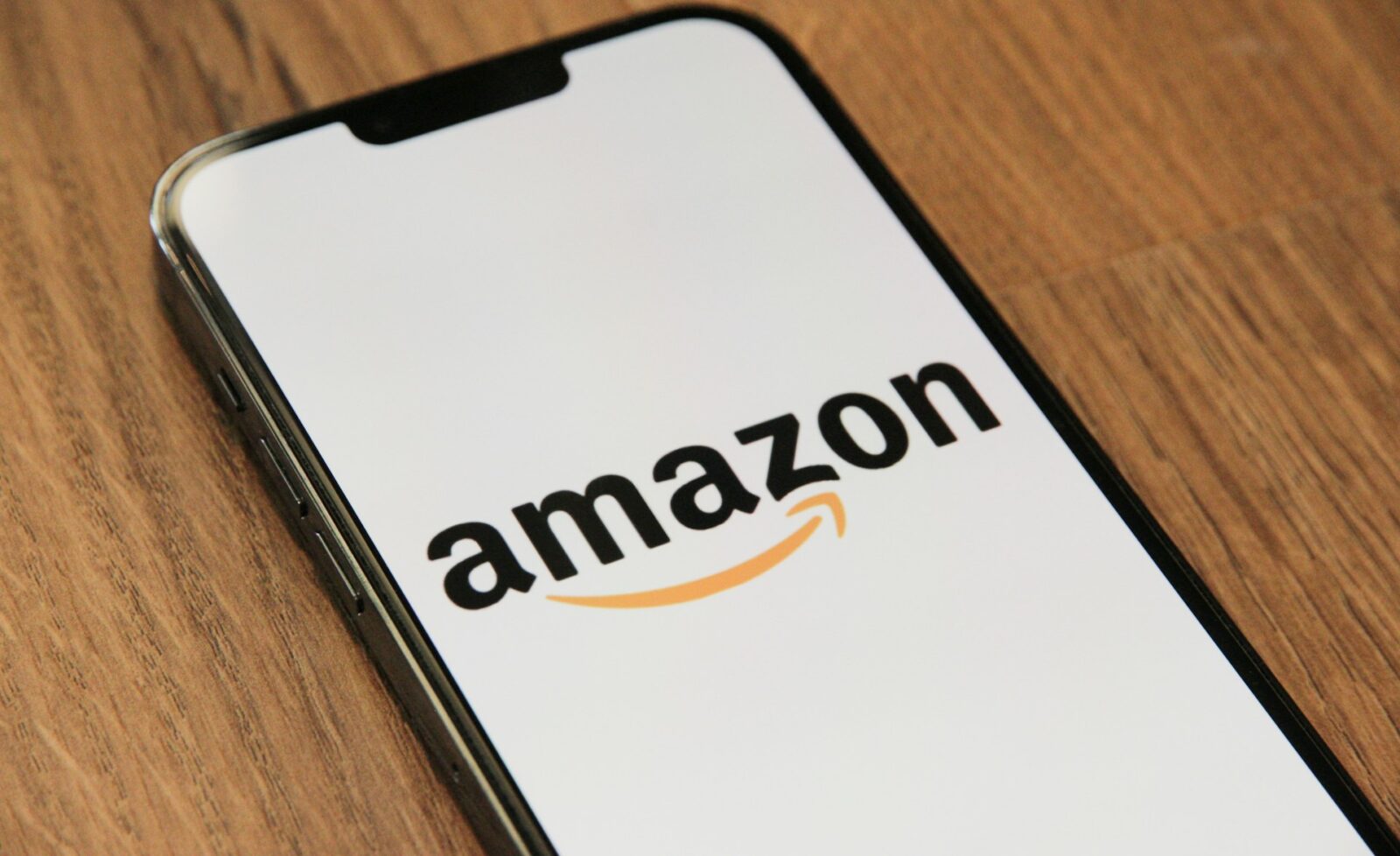Amazon’s AI Bet Is Paying Off Big
In the race to commercialize artificial intelligence, Amazon has officially joined the trillion-dollar conversation — and it’s doing so with a digital shopping genius named Rufus.
Once known simply as “the everything store,” Amazon has evolved into “the intelligent store,” leveraging AI to personalize the retail experience at scale. And according to CEO Andy Jassy, the company’s generative AI shopping assistant, Rufus, is not just improving customer engagement — it’s driving an additional $10 billion in annualized sales across Amazon’s global marketplace.
The revelation came during Amazon’s third-quarter earnings call, when Jassy unveiled new user statistics and engagement metrics that stunned analysts and investors alike. More than 250 million shoppers have used Rufus in 2025, with monthly active users growing 140% year over year and interactions up 210%.
Perhaps most impressively, Amazon reported that customers who use Rufus are 60% more likely to complete a purchase than those who don’t — an astonishing conversion uplift that underscores the AI’s growing influence on buying behavior.
“Rufus is expected to generate over $10 billion in annual incremental sales for us,” said Jassy. “We’re seeing customers use it not just for transactions, but as part of how they research, compare, and decide what to buy.”
Rufus: The AI Shopping Assistant Transforming Online Retail
Launched in early 2024, Rufus represents Amazon’s most ambitious step yet into consumer-facing generative AI. The assistant is built directly into Amazon’s mobile app and website, designed to guide users through every stage of the shopping journey — from research and comparison to purchase and post-sale recommendations.
Rufus was trained on Amazon’s entire product catalog, enriched by millions of customer reviews, Q&A threads, and third-party web data. This training allows it to understand complex, conversational queries — like “Which laptop is best for graphic design under $2,000?” or “Are these hiking boots waterproof enough for snow?”
By keeping these interactions within the Amazon ecosystem, the company effectively prevents users from turning to Google, ChatGPT, or other external search engines to answer product-related questions.
Rufus’ mission is clear: make Amazon the first and last stop for every shopping decision.
“We want customers to feel confident that if they ask Amazon, they’ll get the best answer — not just a list of links,” Jassy said.
Inside the $10 Billion AI Advantage
Amazon’s internal data attributes Rufus’ $10 billion impact to what it calls “downstream conversion” — purchases that occur after or as a result of interactions with the AI assistant. The company uses a seven-day attribution model, meaning it tracks sales for up to a week after an engagement to measure Rufus’ influence.
That figure doesn’t just account for direct sales but also includes indirect revenue streams, such as sponsored product placements and advertising embedded within Rufus’ chat responses.
Key Growth Metrics:
- 250 million users in 2025.
- 140% YoY growth in monthly active users.
- 60% higher conversion rates for users who interact with Rufus.
- $10 billion in incremental annualized sales.
- $700 million+ in estimated profit contribution for FY2025.
Internal planning documents obtained by Business Insider earlier this year suggest Rufus could generate $1.2 billion in profit by 2027, further amplified by advertising revenue.
Amazon’s AI Ecosystem: Beyond Rufus
Rufus is just one component of a much larger AI transformation strategy sweeping across Amazon’s ecosystem.
The company is investing heavily in AI infrastructure, cloud computing, and multimodal search, weaving intelligence into every corner of its retail and cloud business:
- Amazon Web Services (AWS) posted 20% growth to $33 billion in Q3 — its fastest rate since 2022 — driven by demand for AI model hosting and enterprise cloud solutions.
- Amazon Lens, the company’s visual search tool, now processes tens of millions of image-based queries each month, helping customers find products using their smartphone cameras.
- Generative review summaries and AI-powered audio product descriptions have been rolled out across multiple categories, making shopping more immersive and accessible.
Meanwhile, Amazon’s advertising division — a quiet powerhouse within its portfolio — saw 22% year-over-year growth to $17.6 billion in quarterly revenue. A significant share of that growth came from AI-enhanced ad targeting and personalization, with Rufus contributing indirectly by increasing the relevancy of ad placements within search results and chats.
“AI is becoming a foundational layer across all of Amazon’s customer experiences,” CFO Brian Olsavsky said. “Rufus isn’t just driving sales — it’s redefining how we monetize engagement.”
Rufus Goes Global: The Expansion of AI-Driven Commerce
Initially launched in the United States, Rufus has rapidly expanded across Europe, India, and Canada, becoming one of Amazon’s fastest-scaling consumer technologies.
By late 2025, the assistant had rolled out in:
🇬🇧 United Kingdom
🇮🇳 India
🇩🇪 Germany
🇫🇷 France
🇮🇹 Italy
🇪🇸 Spain
🇨🇦 Canada
The latest update includes a new feature called “Help Me Decide”, which uses algorithmic reasoning to simplify product comparisons. If a customer can’t decide between two similar items, Rufus now evaluates hundreds of data points — including price history, reviews, and material quality — to make a personalized recommendation.
The global rollout has proven particularly successful in emerging markets, where language and product discovery barriers are higher. By integrating multilingual models, Amazon is using AI to democratize e-commerce and reach new demographics.
AI Infrastructure: The Backbone Behind the Boom
Amazon’s AI success is backed by one of the largest infrastructure investments in corporate history.
The company raised its 2025 capital expenditure forecast from $118 billion to $125 billion, with further increases expected in 2026. A major portion of this spending is dedicated to data centers, AI model training, and hardware acquisitions.
One highlight is Project Rainier, Amazon’s new $11 billion AI data center, launched this month. The facility will power Anthropic’s Claude models, part of an $8 billion investment deal with the San Francisco-based AI startup.
Anthropic plans to use 1 million of Amazon’s custom Trainium2 chips by the end of 2025, further embedding Amazon Web Services as a central pillar of the AI economy.
This AI buildout positions Amazon not only as a retail leader, but also as a technological enabler of the next generation of AI innovation — from cloud computing to consumer applications.
Challenges: Workforce Shifts and AI-Driven Efficiency
Despite the glowing numbers, Amazon’s transformation hasn’t come without disruption. Just days before the earnings call, the company confirmed plans to eliminate 14,000 corporate positions, citing a need for “fewer layers and more ownership.”
In an internal memo, leadership framed the restructuring not as a cost-cutting move, but as a reorientation around AI efficiency.
“Artificial intelligence is the most transformative technology since the Internet,” the memo read. “It enables us to innovate faster, make smarter decisions, and deliver more value to our customers.”
Analysts see the layoffs as part of Amazon’s effort to streamline operations and reinvest in AI growth, rather than a response to economic pressures. Investors seemed to agree — Amazon’s shares surged 13% in after-hours trading following the earnings release.
Rufus and the Future of Intelligent Commerce
With its AI assistant Rufus leading the charge, Amazon is redefining the meaning of online retail.
What started as a simple chatbot experiment has evolved into a $10 billion sales engine that’s reshaping how people shop, research, and make decisions. Rufus is no longer just a tool — it’s a strategic growth pillar, weaving AI intelligence into Amazon’s core business model.
The company’s broader AI ecosystem — from AWS and advertising to Anthropic partnerships — positions Amazon as both a creator and catalyst of the intelligent commerce revolution.
As Jassy put it during the call:
“AI will not just change how we shop — it will change how we think about shopping.”
For investors, Rufus’ momentum reinforces a clear signal: AI isn’t just Amazon’s next big product — it’s its next economic engine.
And with billions of interactions every quarter, the world’s largest retailer is proving that when it comes to AI and e-commerce, Amazon isn’t just adapting to the future — it’s building it.






